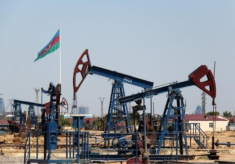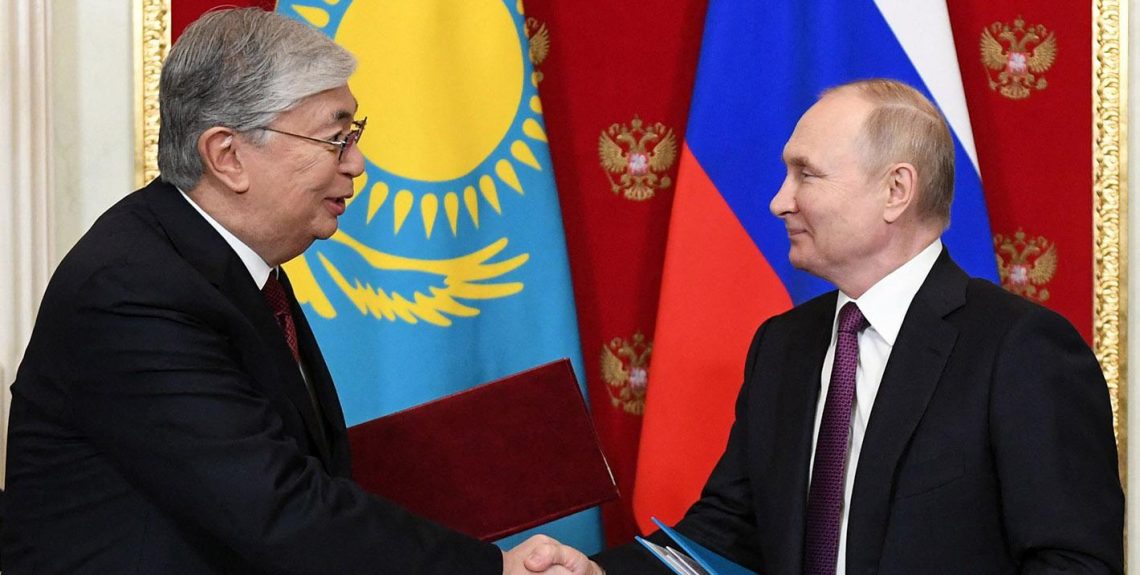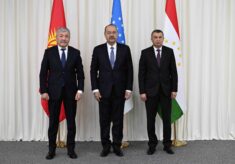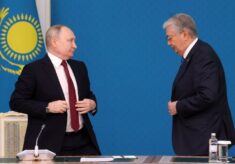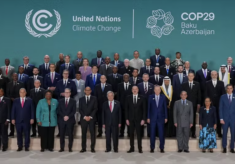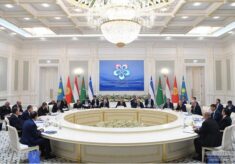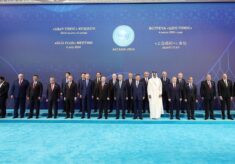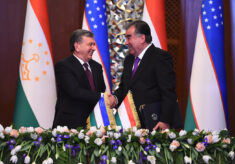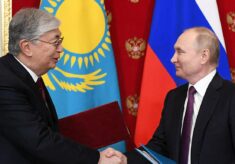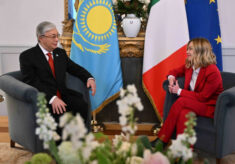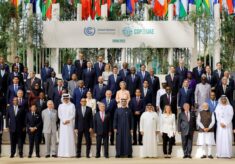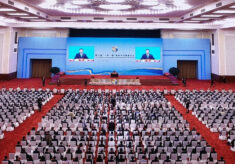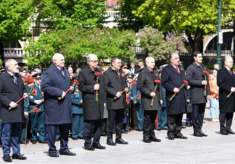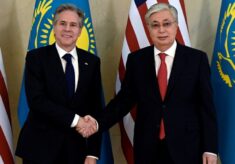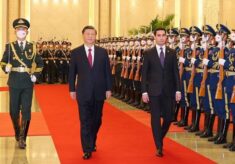The implementation of the Russia-Kazakhstan-Uzbekistan Gas Union – aimed at delivering Russian gas to Uzbekistan crossing Kazakhstan territory – represents a significant shift in the Central Asia energy scenario, considering that since the independence in 1991 these post-Soviet countries (together with Turkmenistan) have been traditionally oil and gas exporters to the regional and international markets.
From the Russian perspective, at present, Central Asia appears to be an attractive market for re-orienting gas exports, due to its geographical proximity and the possibility of delivering gas supply by exploiting the existing infrastructures. This has become a hard necessity, to partially compensate the EU decision to progressively phase out gas imports from Moscow, even if the size of Central Asian energy markets alone cannot be comparable with the European demand.
This new energy trend in Central Asia can be explained as the result of a combination of factors. Uzbekistan and Kazakhstan hold relevant natural gas reserves (respectively 2.240 and 1.000 bcm, IEA) but the growing domestic demand and the slow development of new gas fields force these governments to allocate almost all the production to national consumption.
However, since 2014 these countries have committed to exporting natural gas to China through Line C of the China-Central Asia gas pipeline: the contracted volumes for Tashkent and Ashgabat are 10 billion cubic metres each per year (bcm/y) and 5 bcm/y for Astana. Consequently, the stagnant production hampers the possibility of fulfilling their commercial obligations with China, if we consider that in the last cold winters Uzbekistan and Kazakhstan suffered frequent disruptions in the national energy distribution, pushing the governments to cut exports, to avoid and downplay public protests. Considering this energy unbalance, Uzbekistan and Kazakhstan envisage to halt exports by 2025 completely (J. Lillis, As Uzbekistan freezes, is it exporting valuable gas to China – or not?, Eurasianet, January 24, 2023).
In October 2023, following the trilateral meeting in Moscow among Putin, Uzbek President Mirziyoyev and Kazakh President Tokayev, Uzbekistan started to import natural gas from Russia through Kazakh territory, on the basis of a bilateral commercial agreement which envisaged the supply of 2,8 bcm per year until 2025.
Uzbekistan upgraded existing compressor stations allowing a reverse-flow direction of natural gas supply through the Central Asia-Center (CAC) pipeline (a legacy of the Soviet period) which has been normally used to deliver gas northward from Turkmenistan (J.C.K. Daly, Uzbekistan to Receive Russian Gas via Renovated Soviet-Era Pipeline, Eurasia Daily Monitor Volume: 20 Issue: 84, 2023).
Moreover, Kazakhstan aims at starting imports of Russian gas through the same route. However, a similar decision has been currently postponed even if Kazakhstan’s energy minister has estimated that the country needs to import about 4 bcm of Russian gas a year in the period 2024–5, reaching 10 bcm annually in the coming years (M. Poplawski, F. Rudnik, Russian gas in Central Asia: a plan to deepen dependence, OSW Analyses, October 31, 2023).
Russian supply allows Uzbekistan to restart exports to China as well as meeting national demand avoiding social tensions and criticism linked to gas shortages, but so enhancing Moscow footprint in the Central Asia gas market.
Russian gas exports to Uzbekistan, and Kazakhstan in the coming years, could pave the way for the realization of the Tripartite Gas Union project proposed by Moscow in November 2022, as a framework of regional cooperation in the transportation, export and processing of natural gas supplies. Tashkent and Astana would prefer to focus on an exclusive commercial cooperation in spite of implementing a Gas Union, also looking for additional energy suppliers in the meantime. Turkmenistan apparently remains a regional option as a gas supplier, holding the fourth largest gas reserves in the world and strongly interested in diversifying its exports: both Uzbekistan and Kazakhstan already signed agreements in 2023 to respectively import about 2,8 bmc (Reuters) and an estimated 1,3 bmc (CEICdata) natural gas from their energy-rich neighbour, but also Ashgabat was obliged to halt gas exports for technical reasons linked to the cold winter (J. Aramov, Russia-Kazakhstan-Uzbekistan Gas Union: The Costs and Benefits for Uzbekistan, CABAR Asia, November 23, 2023).
Furthermore, Turkmenistan already exports 5 bcm/y of gas to Russia – through the traditional northward direction of the CAC – so also this country could be courted by Moscow aiming at its inclusion in this very ambitious idea of a regional gas union.
